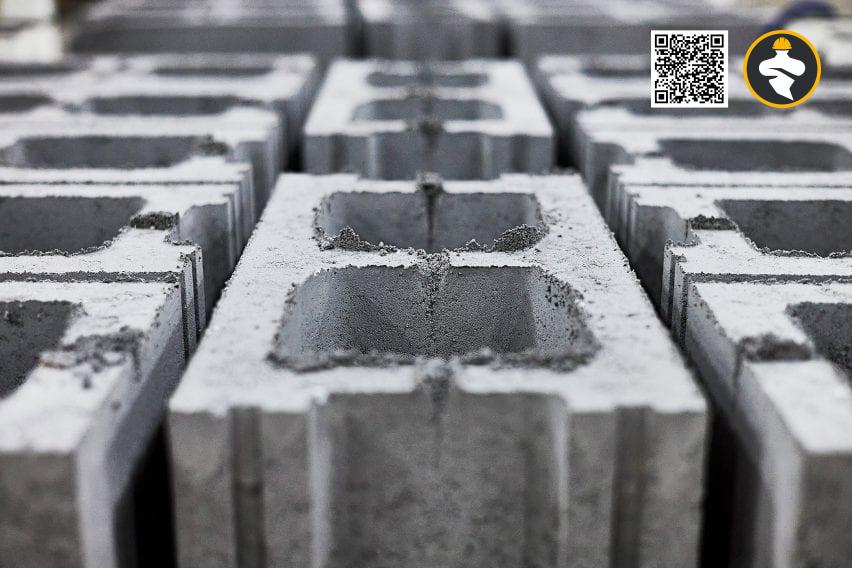Previously, researchers had discovered patches of melt at a similar depth. However, a new study led by The University of Texas at Austin revealed the layer’s global extent and role in plate tectonics for the first time.
The findings were published in the journal Nature Geoscience on February 6, 2023.
The molten layer is about 100 miles below the surface and is part of the asthenosphere, which is located in the upper mantle beneath the Earth’s tectonic plates. The asthenosphere is important for plate tectonics because it forms a relatively soft boundary that allows tectonic plates to move through the mantle.

Molten rocks were suspected to be a factor. However, this study found that melt does not appear to have a significant impact on the flow of mantle rocks.”When we think about something melting, we intuitively think that the melt must play a big role in the material’s viscosity,” said Junlin Hua, the study’s lead author and a postdoctoral fellow at UT’s Jackson School of Geosciences. “However, we discovered that even when the melt fraction is quite high, the effect on mantle flow is very minor.”According to the research, which Hua began as a graduate student at Brown University, the primary influence on plate motion is convection of heat and rock in the mantle. Despite the fact that the Earth’s interior isThe discovery that the melt layer has no effect on plate tectonics means one less complicated variable for computer models of the Earth, according to coauthor Thorsten Becker, a professor at the Jackson School of Geosciences. Intriguing signs of partially molten rock beneath the crust piqued Hua’s interest, and he compiled similar images from other seismic stations until he had a global map of the asthenosphere. What he and others thought was an anomaly was actually commonplace around the world, showing up on seismic readings wherever the asthenosphere was hot.The next surprise came when he compared his melt map to seismic measurements of tectonic movement and discovered no correlation, despite the fact that the molten layer covered nearly half of the Earth.
“This work is important because understanding the properties of the asthenosphere and why it’s weak is fundamental to understanding plate tectonics,” said coauthor Karen Fischer, a seismologist and professor at Brown University who was Hua’s Ph.D. advisor when the research began.The National Science Foundation in the United States funded the study. The UT Oden Institute for Computational Engineering and Sciences and Cornell University were among the collaborators.
reference : www.sciencedaily.com












